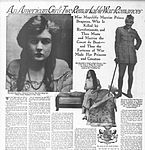
Lillian Russell was an American actress and singer. She became one of the most famous actresses and singers of the late 19th and early 20th centuries, known for her beauty and style, as well as for her voice and stage presence.

Elsie Louise Ferguson was an American stage and film actress. Seen by some as an early feminist, she promoted suffrage, which she discussed in interviews, and supported animal rights.

Lucile Watson was a Canadian actress, long based in the United States. She was "famous for her roles of formidable dowagers."

William Clyde Fitch was an American dramatist, the most popular writer for the Broadway stage of his time.

Valeska Suratt was an American stage and silent film actress. Over the course of her career, Suratt appeared in 11 silent films, all of which are now lost, mainly due to the 1937 Fox vault fire.

June Clyde was an American actress, singer and dancer known for roles in such pre-Code films as A Strange Adventure (1932) and A Study in Scarlet (1933).

Grace Darmond was a Canadian-American actress.

Zelda Sears was an American actress, screenwriter, novelist and businesswoman.
Elizabeth "Bessie" Toner was a motion picture and theater actress in the early 20th century.

Laura Nelson Hall was an actress in theater and vaudeville stock companies in the late 19th century and early 20th century.

Edna Goodrich was an American Broadway actress, Florodora girl, author, and media sensation during the early 1900s. At one point, she was known as one of America's wealthiest and best dressed performers. She was married to Edwin Stacey of Cincinnati, Ohio, and later Nat C. Goodwin.
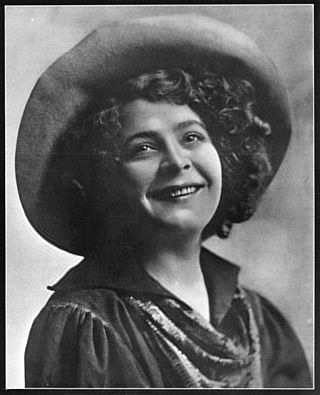
Mabel Barrison was a Canadian born American stage actress and singer in the first decade of the 20th century. She was born Eva Farrance and joined a musical chorus while still in her teens. She appeared in vaudeville and on Broadway with Weber and Fields and was spotted by stage director Julian Mitchell for a role in the 1903 Babes in Toyland. "The Blue Mouse" was written by Clyde Fitch and Fitch himself selected Barrison for a role in the play. Barrison was plagued by health problems the last two years of her life. She died on November 1, 1912 in Toronto at the age of 30.

Girls is a 1919 American silent romantic comedy directed by Walter Edwards and starring Marguerite Clark. It is based on the 1909 Broadway play of the same name by Clyde Fitch starring Florence Reed in the part Clark plays in this film.
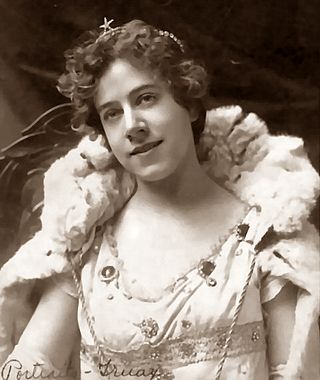
Sarah Truax was an American actor whose career began in the mid-1890s and lasted well into the twentieth century. Though she appeared in only a handful of Broadway and Hollywood productions over her career, Truax did achieve success throughout America as a star of stock and touring companies. She had starring roles in The Two Orphans, The Prince of India and The Garden of Allah. During her later years Truax remained active as an actor and stage director working with community theatres across her adopted state of Washington.

Wilhelmina "Minnie" Dorothy Peper, known professionally as Jane Oaker, was an American theatre actress.
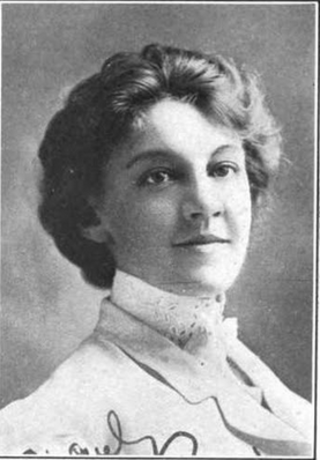
Amy Ricard was an American actress and suffragist.
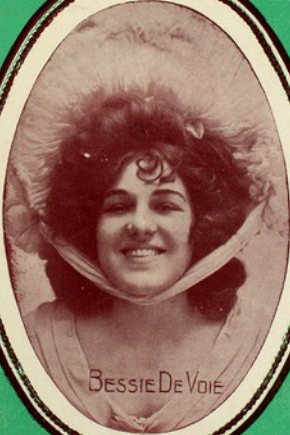
Bessie De Voie was an American actress and dancer of vaudeville and the musical theatre. Her personal life was in the headlines from 1908 to 1910, due to her relationship with Frank Jay Gould.

Ruth Cummings was an American screenwriter and actress active from the 1910s through the 1930s. She was married to actor-director Irving Cummings in 1917, and they had a son, screenwriter Irving Cummings Jr.
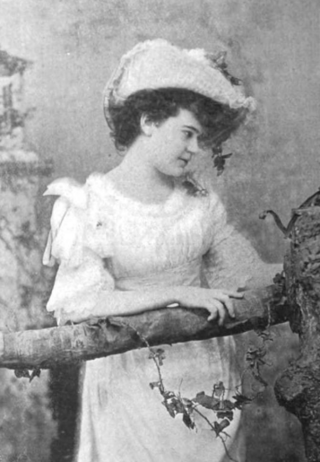
Luella Totten was an American pianist, composer, and music educator. She was also known as Louis von Heinrich.

Louise Alexander, born Jennie Louise Spalding, was an American theatrical and social exhibition dancer between 1905 and 1916. She began as a chorus girl, soon became a pantomime dancer, then an exhibition social dancer in restaurants and on the vaudeville stage.



